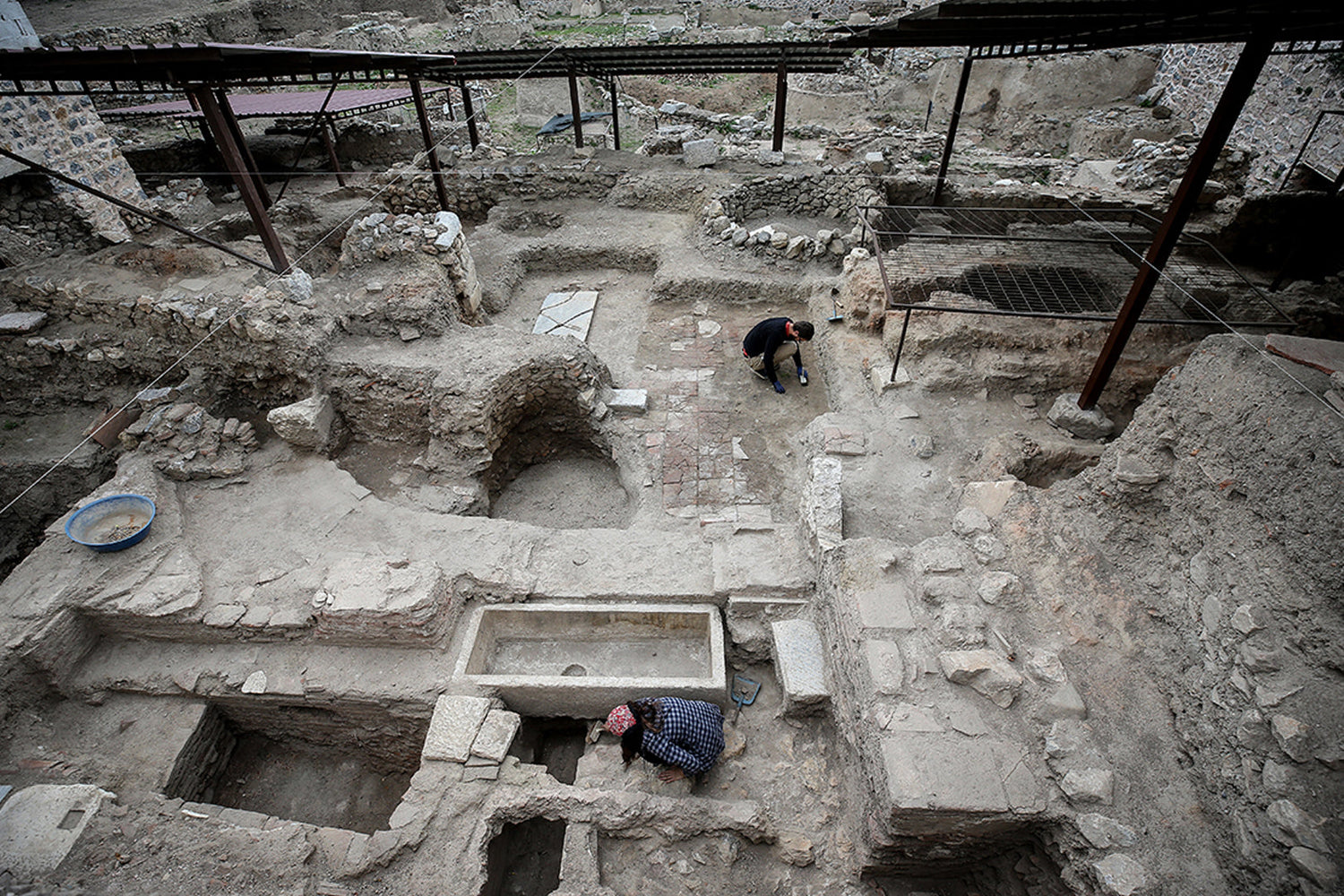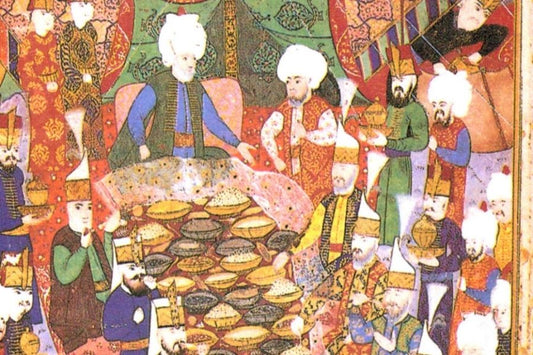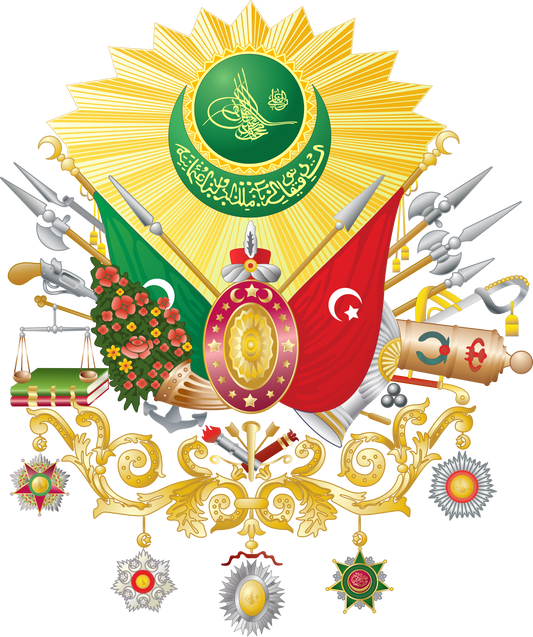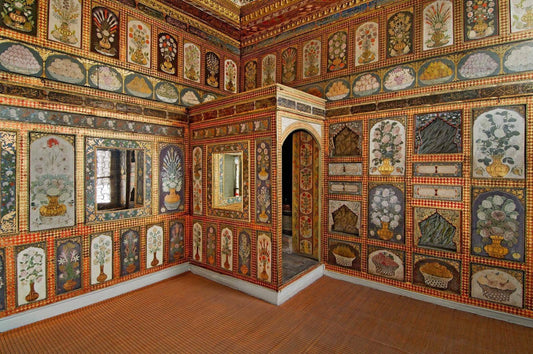İznik, which holds a special place in Ottoman ceramic art and tile making, is located in the Marmara Region, east of Lake İznik, within a green belt of olive groves and vineyards, surrounded by Roman-era walls. Its history can be traced back to the 6th century BC. Although limited prehistoric research has been conducted, İznik has recently gained a closer understanding through publications on Roman, Byzantine, and Ottoman monuments, including two scientific excavations in the surrounding area. It is now recognized as a significant center of tile and ceramic production. Coming under Roman rule in 72 BC, İznik hosted two important Eucumenical Councils during the Byzantine period. Following the victory at Manzikert in 1071, it became the first Turkish capital in Anatolia. It changed hands after the First Crusade. It served as an alternative center during the Latin occupation of Constantinople by the Crusaders between 1204 and 1261. Conquered by Orhan Gazi in 1331, it became a cultural center of the Early Ottoman Period. Iznik, which was particularly known for its tiles and ceramics in the 16th century, began to lose its former importance from the end of the 17th century onwards, and while it was a small town in the early 20th century, it began to develop from the Republican Period onwards.
The İznik excavations, initiated in 1963 by Prof. Dr. Oktay Aslanapa outside the city walls of İznik, resumed in 1981 after a break between 1970 and 1980. These excavations, which continue today, have yielded significant data on Ottoman-era tiles and ceramics, making it possible to prove that İznik was the primary production center for ceramics, which are often presented under various names. These finds, the workshop and kiln areas, and the technology employed have been published in numerous detailed publications. The connection between Turkish tiles and ceramics, whose development has been observed in Asia and Anatolia, and Ottoman tiles and ceramics has been clearly demonstrated in these excavations.
In the İznik excavations, 338 inventoried artifacts and 4,135 surveyed finds were studied using technical data sheets. Although the vast majority of the finds were ceramic, the discovery of two discarded pieces of Süleymaniye Mosque mihrab border tiles, considered the beginning of the raised red color in 16th-century tiles, in the remains of a kiln in the workshop area, along with numerous other examples of glazed bricks and square tiles of various cross-sections, are among the significant findings. Among some unglazed discarded pieces, the presence of pieces that reveal the assembly characteristics of wall tiles is also noteworthy, as are the large-lettered inscription tiles ('Treasure of Anatolian Soil Tiles', Belgin Demirsar Arlı and Ara Altun, pp. 29-30).




